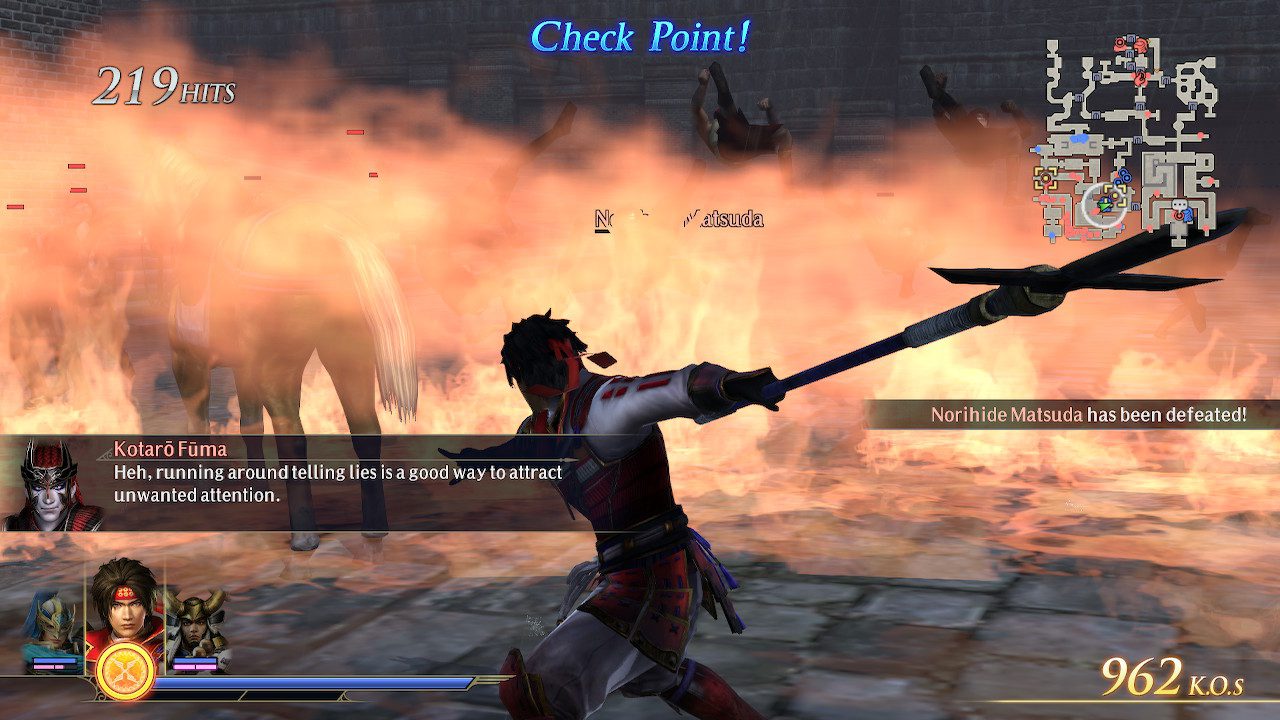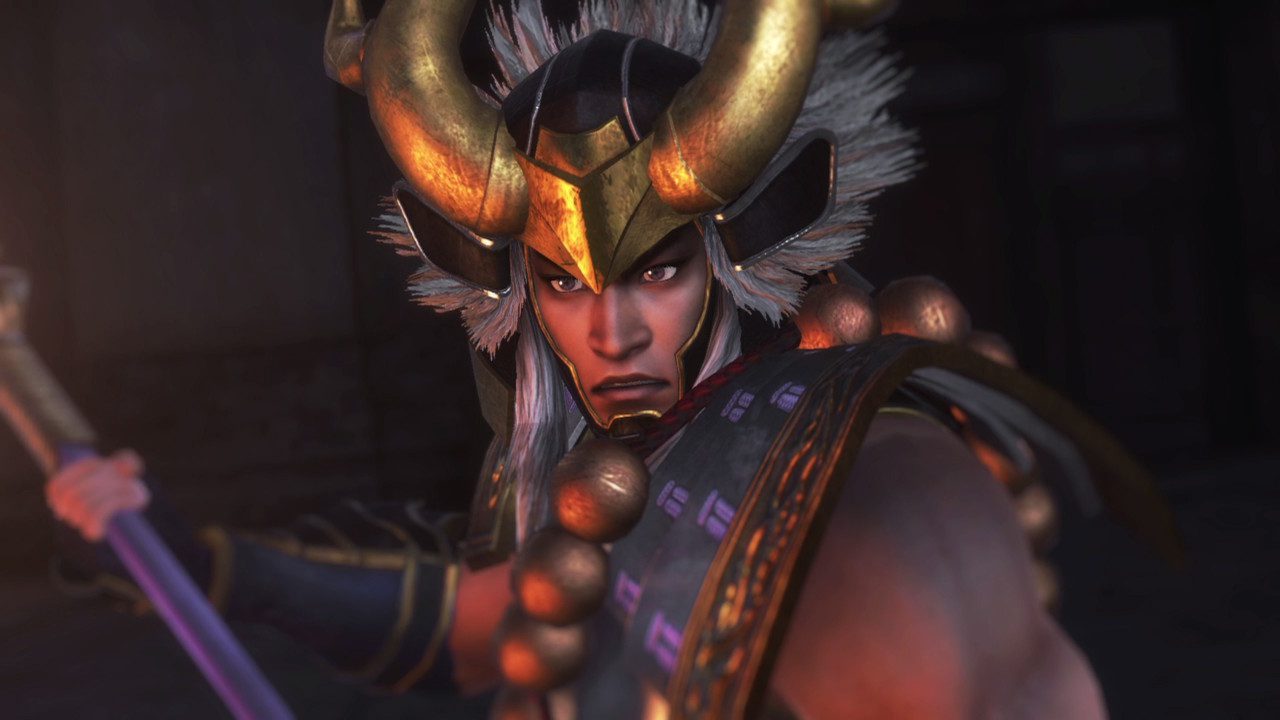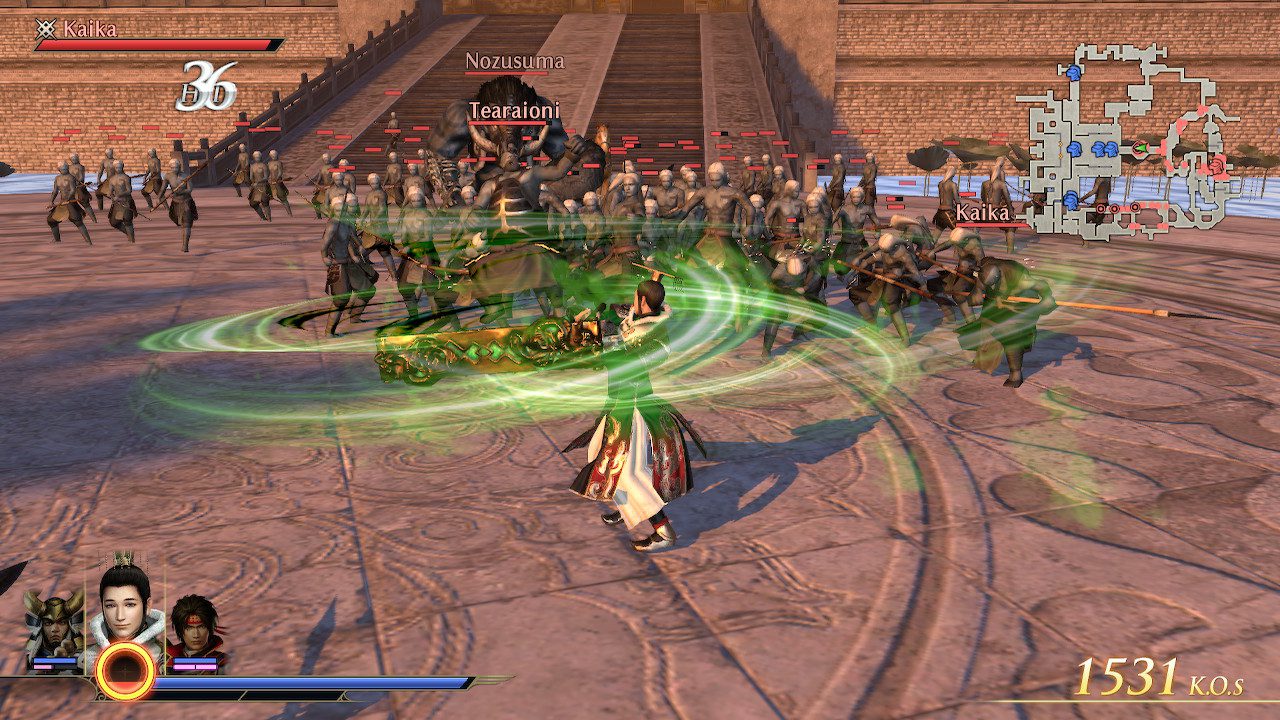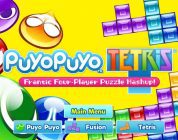Musou is the name given to a specific type of action game that typically involves taking down thousands of enemies with sweeping strikes and flashy special moves with a plethora of characters to choose from. Stemming from the Romance of Three Kingdoms series of strategy games, Dynasty Warriors eventually hit what we now know as Musou in Dynasty Warriors 2, a popular launch title for the PS2. Since then, Musou has spanned many games and has branched into other huge franchises like One Piece, Gundam, Dragon Quest, and probably the most notable musou take on a franchise The Legend of Zelda in the well-received Hyrule Warriors. Warriors Orochi has been the series where lots of characters are mashed together, combining elements from Dynasty Warriors, Samurai Warriors, and other Koei Tecmo properties. This is my first deep dive into a traditional musou, though I greatly enjoyed my time with Dragon Quest Heroes II and I’ve been wanting Dynasty Warriors Gundam for a while now. My experience with Warriors Orochi 4 Ultimate may not be the same as a longtime fan but as a newcomer, I walked away more than pleased.
Warriors Orochi 4 Ultimate is the expanded version of Warriors Orochi 4, adding new characters, chapters, and modes. Players will spend most of their time taking on quests that are these large scale battles where the player directs one of three characters and slashes their way through literally thousands of foes. Each map has specific objectives that can change over time but primarily players are expected to constantly push forward and take down commanding officers. These fights are not nearly as engaging as I would have liked but if they catch one off guard they can do some serious damage.
The game’s narrative focuses on a dimension constructed by Zeus as a way to test the strength of various warriors. Throughout much of the story, players are battling the forces of the Greek pantheon and the various classic enemies of the franchise like Oda Nobunaga or Lu Bu. It does eventually transition into new threats and it was fun to see where the simple story was going, even though I knew nothing about the backgrounds of these characters.
Conveniently, the fighters pulled into this universe steadily regain their memories of the past Warriors Orochi games, so some of them do start to remember each other as things move along. Much of the dialog seemed pretty basic and it reminded me a lot of what’s available in early Fire Emblem entries. There’s also a bonding mechanic that I mostly ignored that some players may enjoy. For the most part, I only caught the gist of what was going on and instead focused on the gameplay.
The main criticisms I’ve heard about this series always revolve around repetitive combat. For the most part, this is true here in Warriors Orochi 4 Ultimate. After each battle, I would go through the motions of selling gear, upgrading characters, and setting out on the next one. I’m sure there are intricacies that open up but on Easy and Normal I was having fun just seeing how fast I could clear a stage. That loop of success kept me going and I only failed a mission if I couldn’t navigate a map or ran out of time on a special stage. I was pretty well set up for success from the beginning though.
At the start, the game gives the player one of the best fighters in my opinion, Tadakatsu Honda, who comes with the Trident Sacred Treasure. Honda has a wide-sweeping pike and his Trident gives him large area-of-effect damage. He pretty much carried my entire playthrough, but I mostly stuck to the Samurai Warriors cast for their momentum boosting lunge attacks. Pairing this with the instant mount, I was able to quickly reach objectives, drop massive amounts of magic damage, and clean up with a quick combo. What made this gameplay loop interesting for me was routing my path through the battlefield and effectively canceling animations for maximum output. That said, by playing harder difficulties and some of the Challenges, I guarantee there are more efficient ways to play and the game seems to promote that playstyle well.
This is also the type of game that constantly rewards the player. Almost every story mission completed results in one or several new characters to play as. Since I’m mostly unfamiliar with this cast, it was fun to get someone new and see what type of attacks they had and how that could fit alongside my anchor of the team, Honda. There are three types of character archetypes, Speed, Power, and Technique, but some can feel drastically different in their moveset. For example, I learned that Ares paired well with Honda because Ares has easy to pull off attacks that scoop up soldiers so I could gather a bunch and drop Honda’s magic if I needed to. I also utilized the scythe treasure on Yukimura Sanada, who radiates protagonist energy, to quickly pile up foes for easy pickings.
I think one of the game’s weakest areas is the way it handles weapons, the main point of upgrade aside from levels and skills. Weapons are constantly attained through play but they only come in a few flavors and one can easily slot in abilities. By the end of the game, I had hundreds of weapon abilities and most of my weapons usually had the same grouping of those abilities equipped. This resulted in me just selling almost every weapon I came across. I rarely enjoy random drops like this and it just became a chore to try and get higher stats. I would have liked a more deliberate design for the weapons where one steadily gets fewer weapons but they feel more unique from each other. Early Final Fantasy games did this well, where sometimes an elemental weapon was more effective because of being able to hit weaknesses. I also enjoy the weapons in Bloodborne which has a small pool of weapons that all feel radically different but the way they’re upgraded makes for more possibilities.
Another weakness in Warriors Orochi 4 Ultimate is performance and visual fidelity. This kind of comes with the franchise as a whole but model and texture pop-in is constant. This can be jarring when approaching a seemingly empty area, only to have a hundred foes pop into existence. It didn’t hinder my style much because I was constantly pushing to goals but it could be weird for higher-level play. I’m not sure if this is specific to the Switch. Framerate can get a little wonky when piling up lots and lots of enemies but for the most part, my gameplay rarely suffered as much as I would’ve expected. I almost felt that handheld play was smoother than when playing docked but that could just be because I was closer to the screen. I also found the map much easier to read when playing handheld; that map can be confusing to navigate in some spots.
At the end of the day, the various performance issues surprisingly didn’t affect as much as they do in other games. I have become fairly addicted to this style of game and it is a perfect companion to podcast listening. I’m also excited to unlock all of the characters and explore some of the other modes, which I didn’t get much time with, such as the Infinity, Challenge, or the multiplayer Battle Arena modes. Even though not every element of the Warriors Orochi 4 Ultimate experience is positive, there’s so much here that I am able to ignore many of those faults.
There is a lot of music in Warriors Orochi 4 Ultimate, but for the most part only a couple tunes play per stage and they are designed to loop well so they are pretty short. Some of the tracks can be sticky but more in a subliminal kind of way. Usually, I would just randomize the music until I found something catchy before every stage. Just like with podcasts, this is a perfect game to throw on an album and just relax while cleaning up tasks.
There are hundreds of hours of content in Warriors Orochi 4 Ultimate. Players that enjoy unlocking things, tackling stages with a friend through co-op, or just fans of the various Omega Force games should definitely give this one a go. I don’t think it’s as recommendable as Hyrule Warriors but there is a lot in this game that I enjoy that I didn’t expect to. Longtime series fans will likely find other areas of entertainment but even as a casual fan with little experience, I had a fun time.
If anything, Warriors Orochi 4 Ultimate has opened my mind to musou games and I am really looking forward to going back to Dragon Quest Heroes, taking my first stab at Hyrule Warriors, and keeping a close eye on Persona 5 Scramble. I do find it odd that Omega Force seems to put more polish into these franchise entries. It feels like their own flagship entries are lacking by comparison. I have no idea why this is the case but I do hope to eventually see a Dynasty Warriors that is as objectively good from all angles. I heard that Dynasty Warriors 9 was not great for a lot of reasons. . .
Regardless, I am ready to continue exploring the Musou genre and dive into the unique history around them. By searching the various names of these characters, I may even learn something about the history of Eastern Asia.
More information on Warriors Orochi 4 Ultimate can be found on the official website. A digital Switch copy was provided for the purpose of review. The game is also available on PS4, Xbox One, and Steam.
For more reviews of action games, check out my take on Vanquish or Matt’s take on Bayonetta, both of which were ported for their 10 year anniversary. I also went on a nostalgia trip with my reviews of Power Rangers Battle for the Grid and the Digimon Story Cyber Sleuth Complete Edition.









